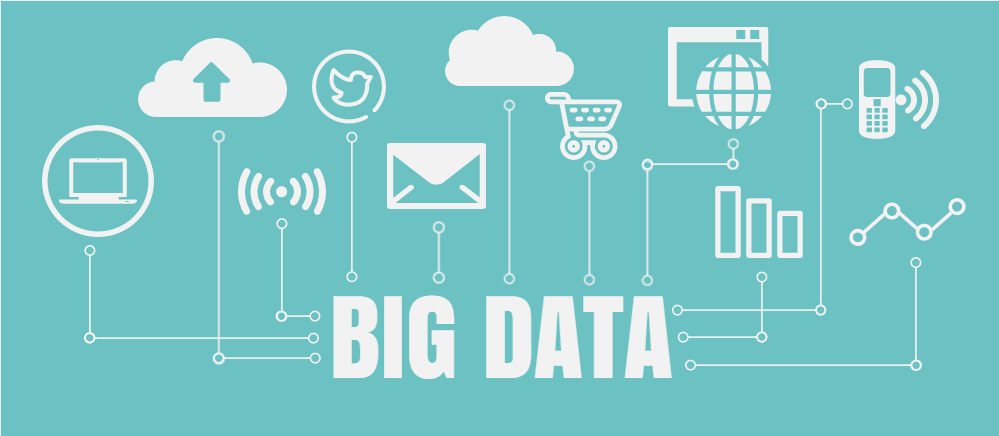It would not be an understatement to say that we are living in an era of data. Data has occupied a position that was held by other important things in the past. Of course, along with this, we have started talking about aspects like security and privacy as well. In the past couple of years, however, you might have started hearing about Big Data as well. In the world of business, Big Data refers to the collection of data that is of big volume and is deeply connected to the happenings in the business. The last time we checked, however, not many of the current businesses are ready for Big Data. So, here is your guide on how to be ready for the present and future of Big Data.

Step #1 Understanding the Goals
This is perhaps the very first step of getting ready for the future of Big Data. Before you start talking about the concept of data warehouse and dealing with the right tools, you should know the core objective of using big data. That is, every scenario of big data usage has its own importance, you know. Understanding this goal can impact the type of data you collect and how these things work out in the long run. For instance, you may want to increase the sales by introducing new products. In another scenario, you may want to have a clearer idea about the workflow of things. So, make sure why you are getting into the world of big data.
Step #2 Understanding the Big Data in Context
Although we use the term Big Data uniformly, things are very different in every sector. Different businesses may have different priorities on what is important and what is not. For instance, for normal businesses, you will have to take care of the sales patterns, user-data and the time-based charts to understand how things are going on. When you have a bigger business, the areas expand, into the various processes involved in the business set-up. Data from not only your own business but extracting it from businesses on the web at large become essential, so that, depending on the requirements, you may have to collect various sets of data from your own environment. So, if you plan ahead, you can save a lot of time as well.

Step #3 Choosing the Right Data Management Platform
There are many necessities when you want to effectively manage data from various sources as well as many contexts. One of these methods is to use a data management platform. We don’t want to describe this much but you can find many resources if you are wondering what is a data management platform. This tool would help you not just collect but also organize the data in an easily accessible manner. For instance, you may be using the platform to collect big data from your website. In this case, you may have to rely different sources for different types of data. In the management platform, everything would be kept separate.
Step #4 A Strategy for Execution
Big Data is the new rage and you cannot just jump into the competition. As a matter of fact, just because you have some of the greatest big data management tools out there does not mean that you can have those benefits of big data analysis. Before you even begin the initiative, you should have the right strategy for how you are planning to utilize the information from various sources. Also, the implementation of the analytics from the aforesaid data is equally important. Before you start making changes to the business processes or customs, you should perfect the strategy of execution.
These steps are not the ultimate things you need for benefiting from big data. That having said, there is a fairly high chance that this guide would help you get started with big data era.
